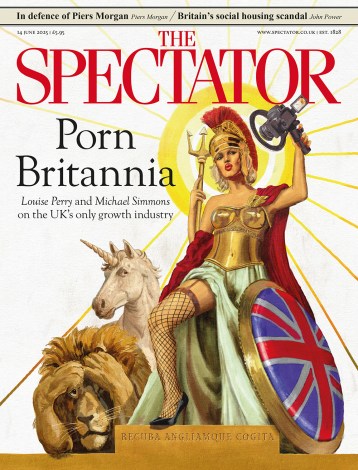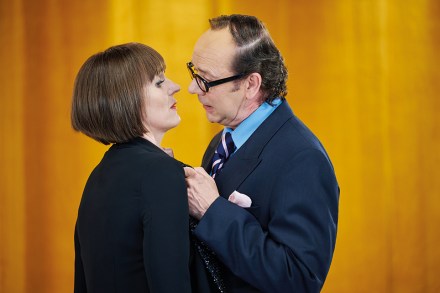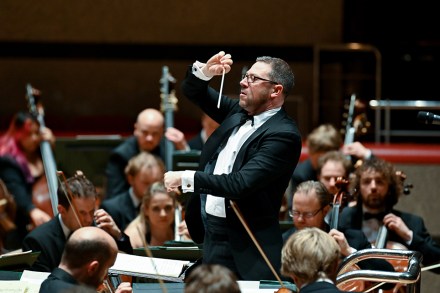Empress Eugénie’s shrine to the Bonapartes
More from BooksThe empress Eugénie – the Spanish-born last empress-consort of France, wife of Napoleon III, mother of the prince imperial – lived for the last 40 years of her life in Farnborough, between the military towns of Aldershot and Sandhurst. There she created a home, museum, mausoleum and chantry in commemoration of the first and second






























